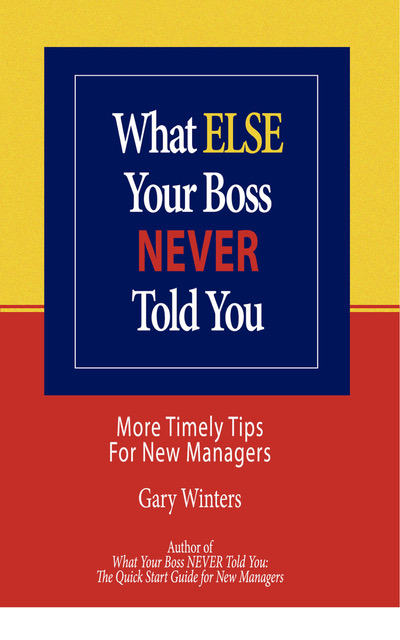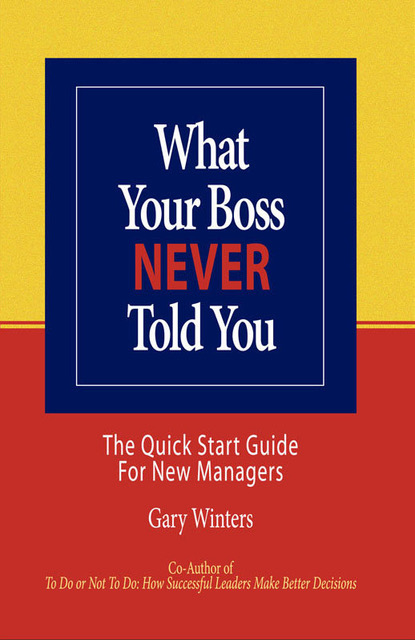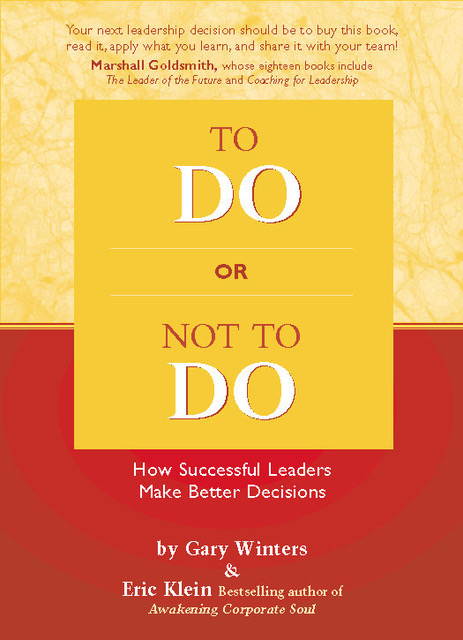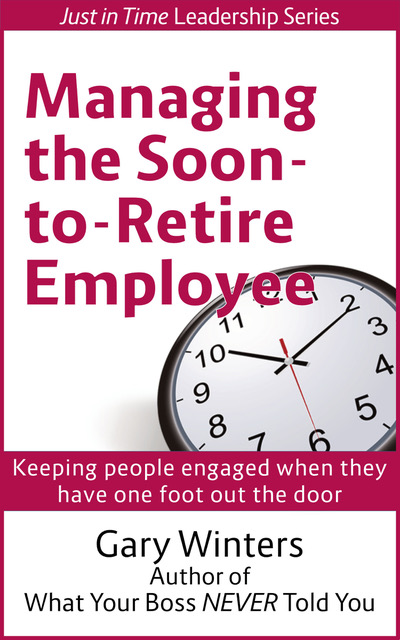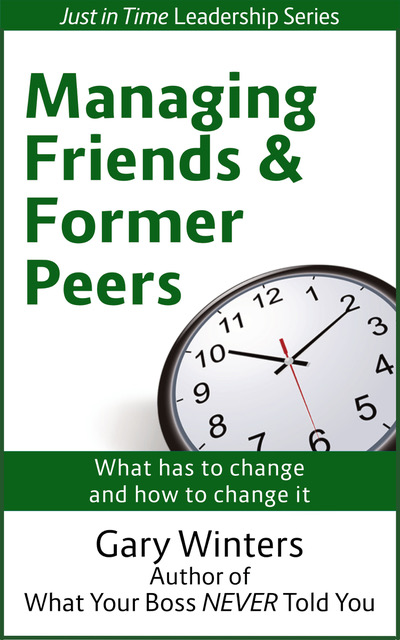 Engagement.
Engagement.
You hear the word everywhere these days. As a buzz word, engagement may be the new empowerment. But what is it?
An “engaged employee,” says Wikipedia, “is one who is fully involved in, and enthusiastic about their work, and thus will act in a way that furthers their organization’s interests. … Engagement is distinctly different from employee satisfaction, motivation and organizational culture.”
Kevin Kruse, in Forbes.com, defines engagement as “the emotional commitment the employee has to the organization and its goals.” Again, it’s not about employee satisfaction or employee happiness, “This emotional commitment means engaged employees actually care about their work and their company. They don’t just work for a paycheck, or just for the next promotion, but work on behalf of the organization’s goals.” Kruse cites research showing companies with engaged workers have 6% higher net profit margins.
Are your employees engaged? Do they feel engaged?
“Fifty-seven percent of U.S. employees are moderately or highly engaged, an increase from 47% that we found last year,” says a January, 2013, report by the Temkin Group, which says that employee engagement has increased over the past year.
“Companies that outperform their peers in financial performance and customer experience have considerably more engaged workforces,” the Temkin Group report says. “Why does that matter? Because highly engaged employees try harder, recommend the company, help others, and take less sick time.”
How was “engagement” measured?
Temkin researchers asked 2,400 U.S. employees to rate the following statements:
- I understand the overall mission of my company
- My company asks for my feedback and acts upon my input
- My company provides me with the training and tools that I need to be successful.
If I wandered through your organization and talked with random employees, would I find that most of them could tell me the mission of the organization? Would they tell me that their organization welcomes and responds to their feedback. Would they tell me they get the training they need?
If not, what can you do to change these things?

